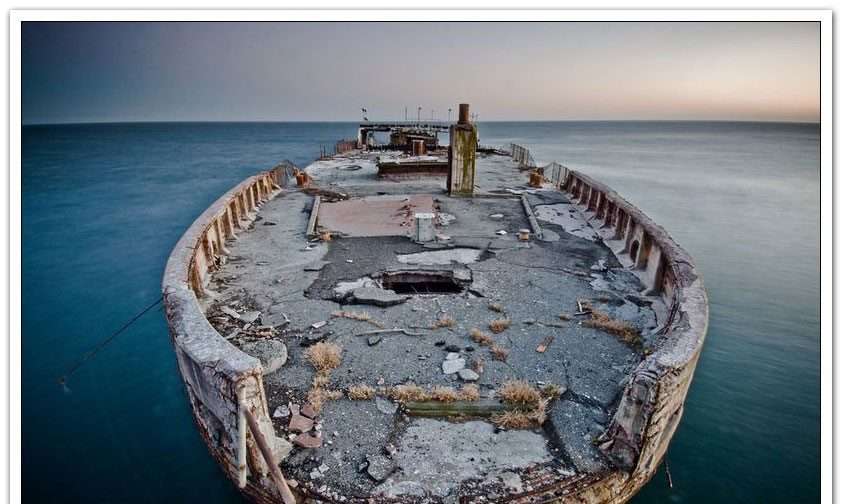Concrete ships
Concrete ships, They are ships built of steel and iron cement “reinforced concrete”,
rather than traditional materials such as steel or wood.
The advantage of steel construction is that the materials are cheap and readily available,
but among its disadvantages are high construction labor costs, as well as operating costs.
Ferrocement ships require thicker hulls, which either results in greater cross-sectional area detrimental to hydrodynamics, or leaves less room for cargo.
During the late nineteenth century, there were concrete river barges in Europe,
and during World War I and World War II steel shortages prompted the US Army to order the construction of small fleets of oceangoing concrete ships, the largest of which was the SS Selma.
Few of the concrete ships were completed in time to see wartime service during World War I,
but during 1944 and 1945, concrete ships and battleships were used to support the American and British invasions of Europe and the Pacific.
Since the late 1930s, there have also been ferrocement pleasure boats.

Concrete ships
On August 2, 1917, “Nikolai Fogner” launched from Norway the first self-propelled iron ship dedicated to ocean travel.
This was an 84-foot (26 m) 400-ton ship called the Namsenfjord.
With the success of this ship, additional iron ships were ordered, and in October 1917,
the United States government invited Fogner to chair a study on the feasibility of building iron ships in the United States.
Fougner Concrete Shipbuilding, in Flushing Bay, New York,
reported that the calculated cost was $290 per dwt for the Cape Fear 1920 “10.21 30 October” and Sapona shipwrecks they supposedly built.
At about the same time, California businessman W. Leslie Komen took the initiative to build iron ships on his own.
He formed the San Francisco Shipbuilding Company (in Oakland, California),
and hired Alan MacDonald and Victor Boss to design America’s first warship, a 6,125-ton steamer called SS Faith.
The Faith was launched on March 18, 1918. It cost $750,000 to build,
and was used to transport bulk goods for trade until 1921, when it was sold and scrapped as a breakwater in Cuba.

US Naval Commission design C1-S-D1
Thirty-six of these concrete-hulled ships were built for the US Naval Commission.
Originally designed by the US military to transport sugar,
many converted into floating bunkers and many were purposely sunk to form bridgeheads after the invasion of Normandy in France.
Concrete ships and barges consisted of concrete hulls reinforced with steel bars,
which shipyards could easily obtain from steel plates.
Despite skepticism about concrete shipbuilding (a similar program was largely unsuccessful during World War I),
in the face of both heavy losses at sea and material shortages, the U.S. Naval Commission launched a small shipbuilding program in 1941.
Although the ships were also an engineering success, they were not cost- or time-efficient.
Each concrete barge was two-thirds the cost of the Freedom Ship, used nearly half as much steel,
and was not capable of self-propelling.
Furthermore, the C1-S-D1 self-propelled ships were only able to travel by seven decades,
and by the time the concrete construction program began, Liberty Ships had already outstripped the C1-S-D1.
For more architectural news







